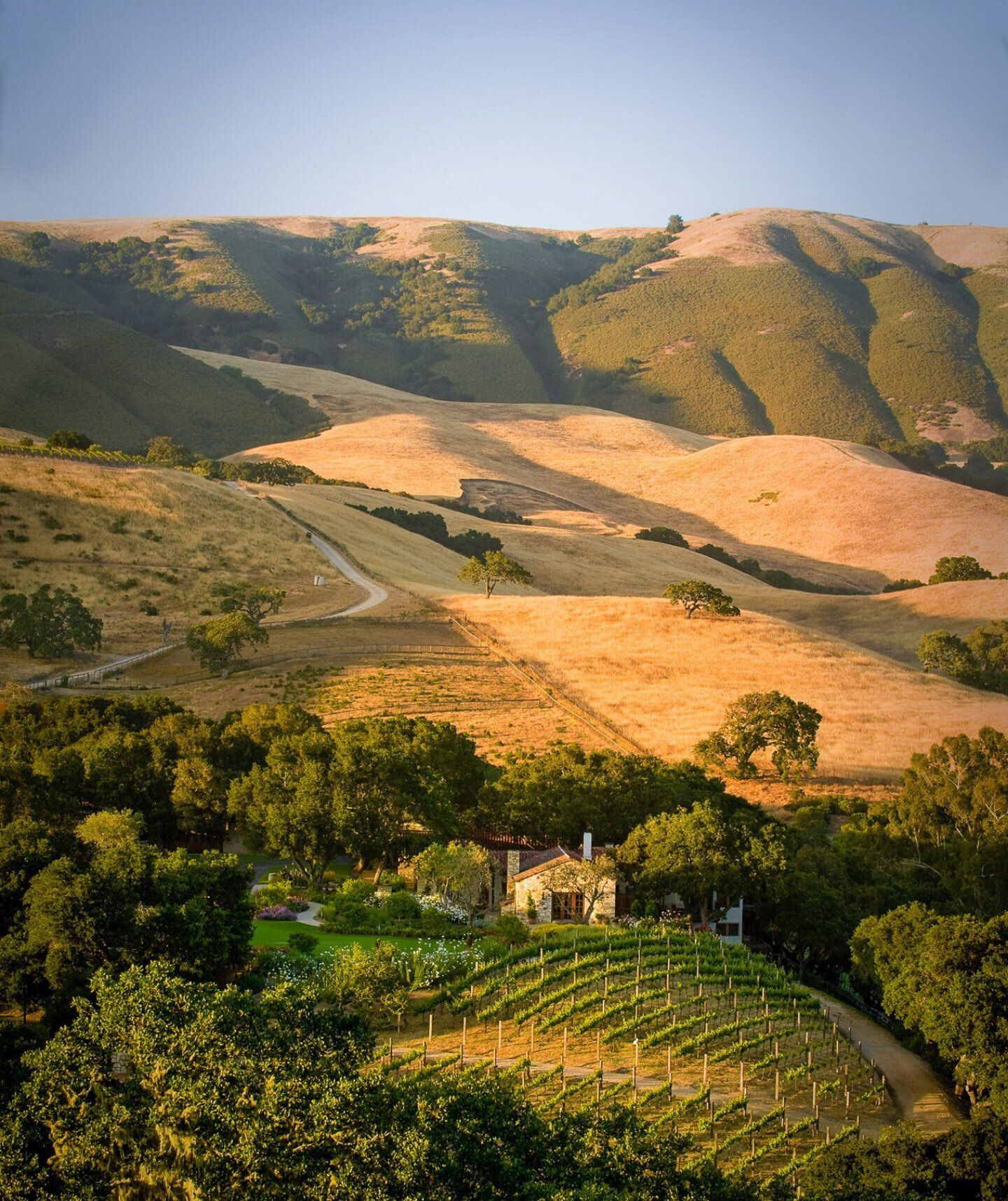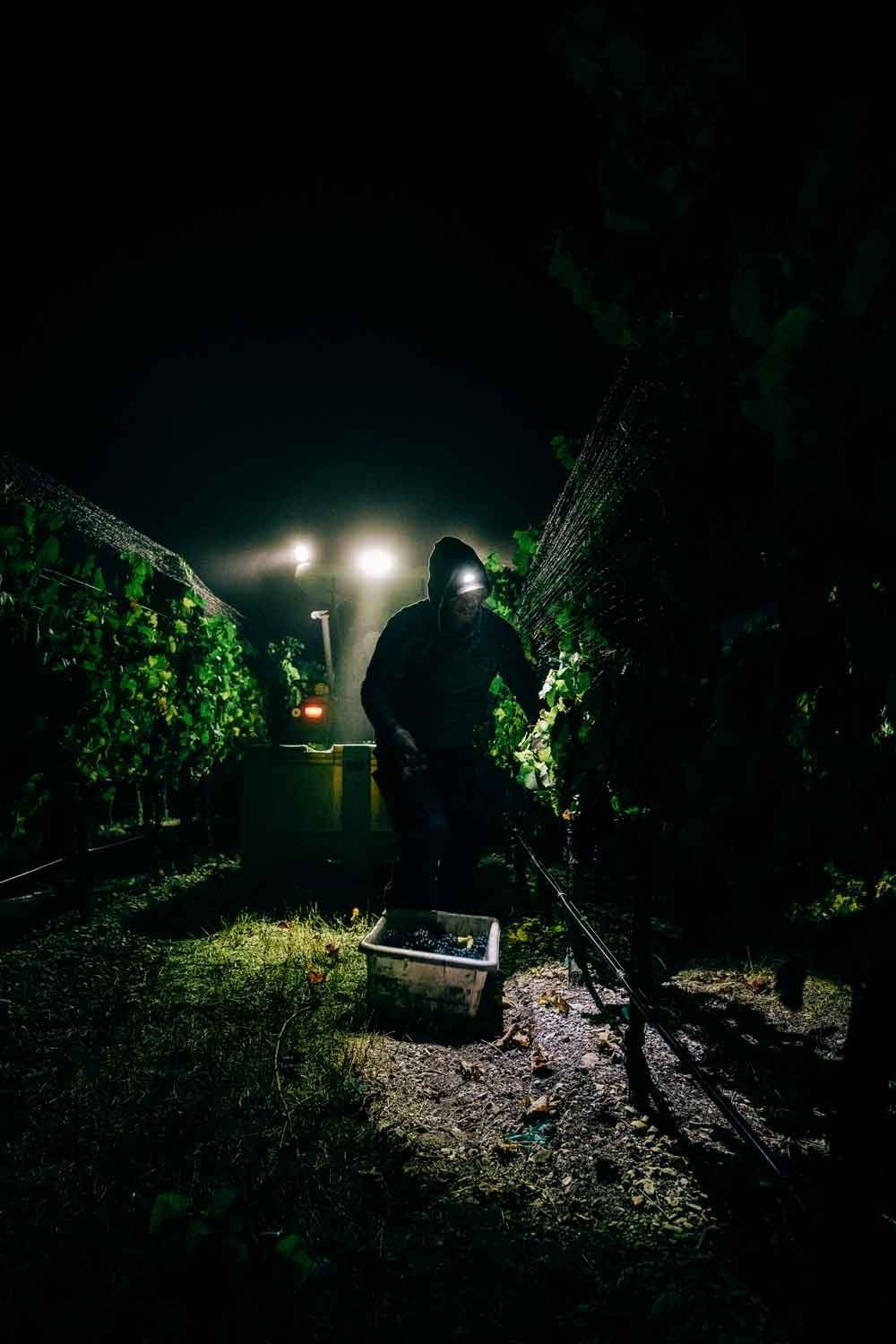Centuries of Note
2630 BC
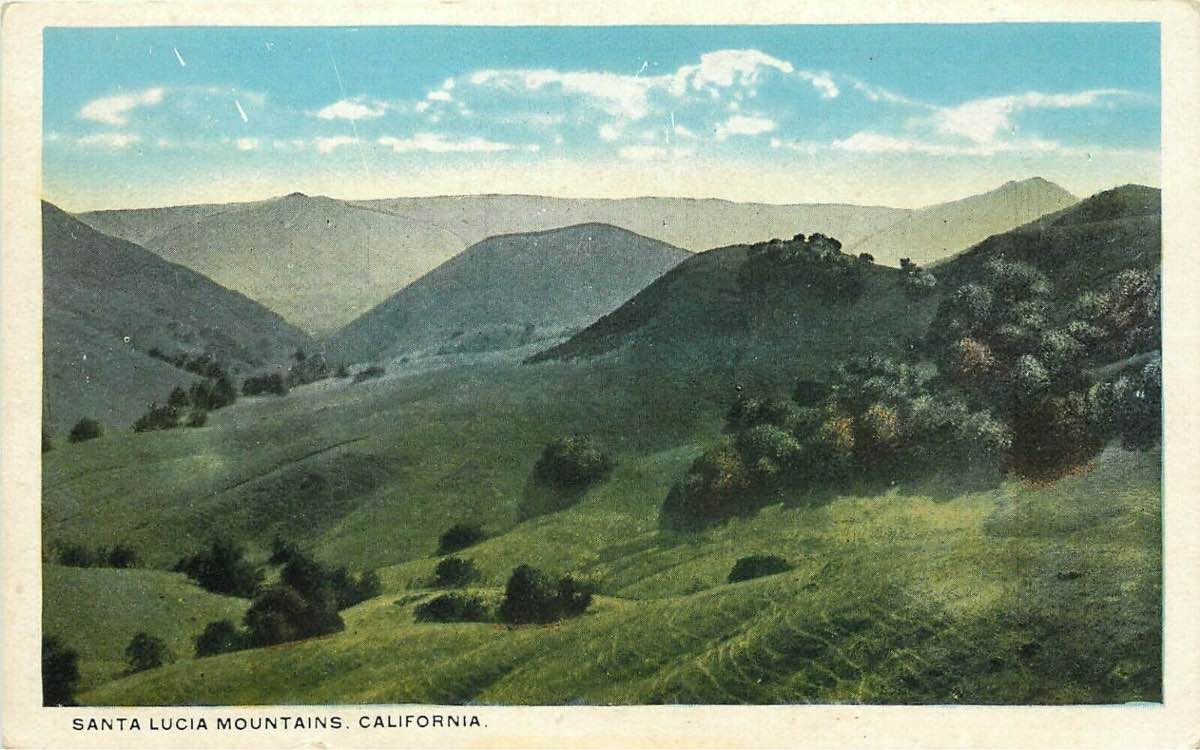
Excavations reveal that California’s smallest tribe, the Esselen, inhabit Big Sur thousands of years before Europeans arrive to force them into labor and aim to erase their culture. In the Santa Lucia Mountains around Holman Ranch, the Esselen consider Pico Blanco a sacred site where the world began after a flood. Today, we acknowledge the importance of preserving the heritage of all tribes within Monterey County, which can be learned about here.
1769
Manuel Boronda joins one of the earliest expeditions to Alta California. A corporal in the Spanish army, he later becomes the first schoolteacher in San Francisco. As a gesture of gratitude, the Mexican governor gives Manuel’s son, José, a fateful wedding gift: over 6,000 pristine acres in Carmel Valley including the land of Holman Ranch, Los Laureles Rancho. According to legend, he later lost his leg in a bullfight and could no longer run the ranch, so his wife decided to support the family by making the cheese known as Monterey Jack.
1771
Franciscan friars plant the area’s first wine grapes near their mission in Salinas Valley.
1882
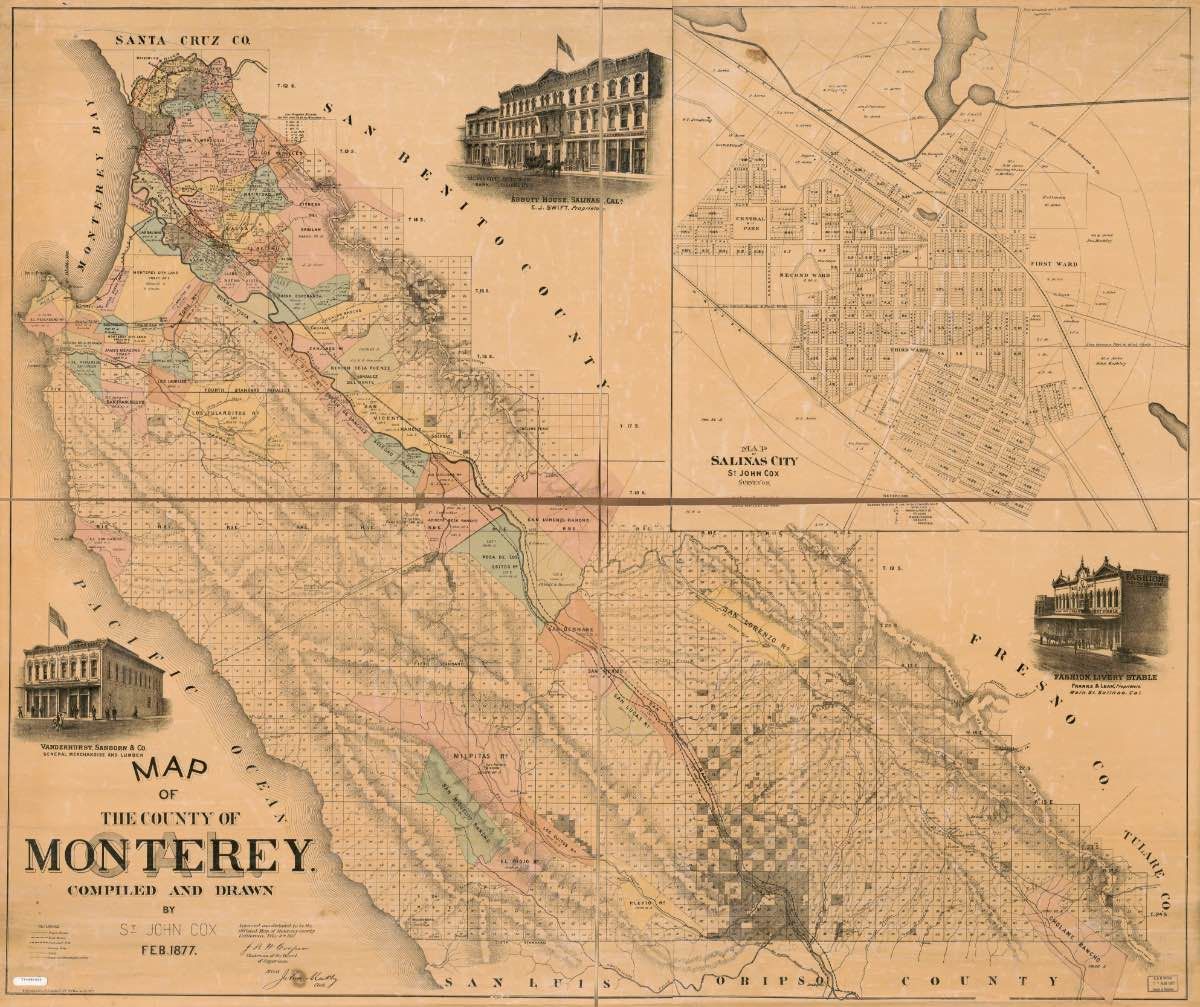
Newly apart of the United States, the ranch is acquired by the Pacific Improvement Company, an affiliate of the Southern Pacific Railroad that connects California to the rest of America.
1928
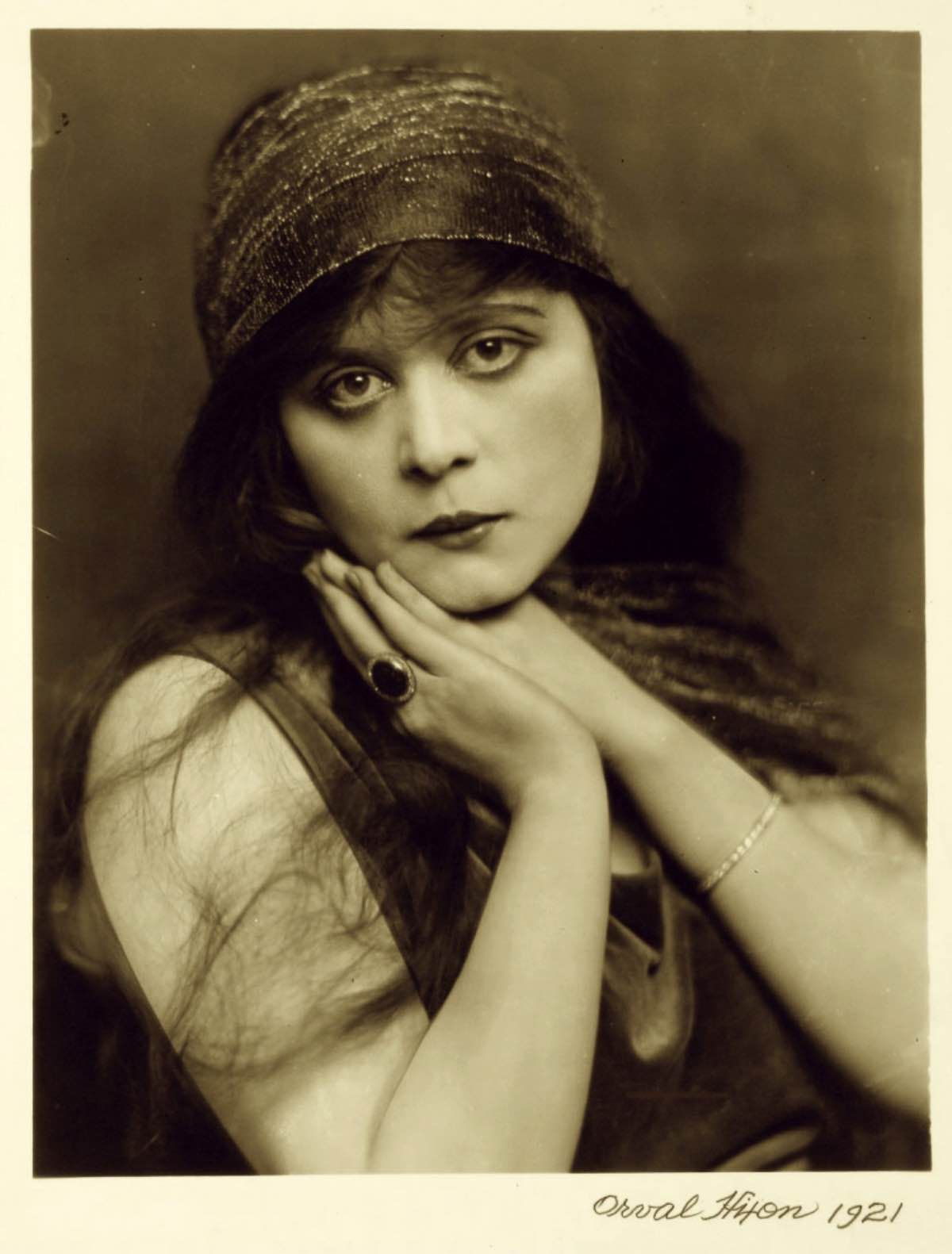
Gordon Armsby opens Holman Ranch as a home-away-from-home, commissioning architect Clarence Tantau to build a hacienda out of Carmel Stone with terracotta roofing and oak-beamed ceilings. Nestled among oak trees, it becomes a Hollywood retreat for Charlie Chaplin, Theda Bara, Marlon Brando, and Clark Gable.
1941
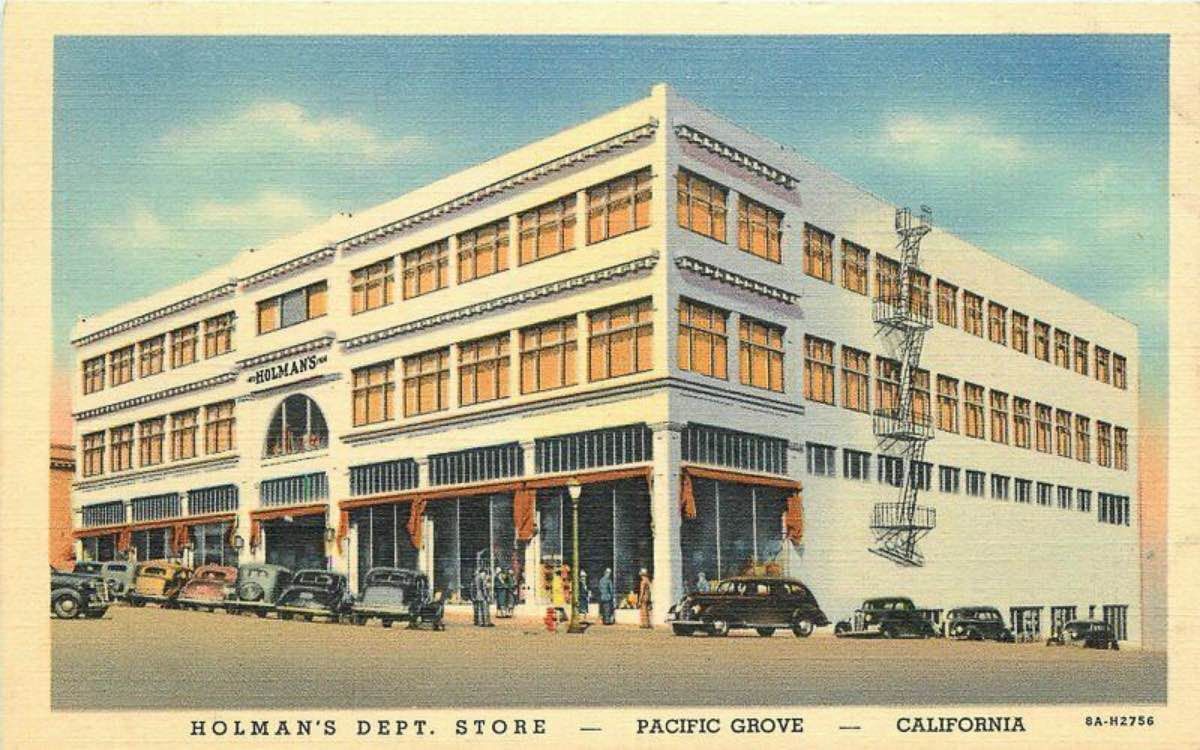
The ranch enters the Holman family with Clarence Holman, whose father started a department store in their namesake on the Monterey Peninsula. Holman’s became the largest independent department store between Los Angeles and San Francisco. John Steinbeck purchased his ink and writing materials there and featured Holman’s in Cannery Row. Steinbeck’s vision of Monterey County and the Salinas Valley enshrined the public imagination for settings like Holman Ranch that persist today.
1962

After Clarence dies, Vivian carries on the legacy of Holman Ranch as a center for social life in the community, hosting rodeos, horse shows, and the annual celebration of the ranch’s birthday, The Fiesta de los Amigos.
1989
The inaugural acre of grape vines are planted as Dorothy McEwen commits to preserving the history of Holman Ranch while imagining a more sustainable future, including weddings and events.
2006
Holman Ranch is purchased by the Lowder family, who carefully restore the hacienda, expand guest amenities, and plant 18 acres of vineyards where climate conditions and sedimentary factors present the ideal growing conditions for Pinot Noir, Chardonnay, and Pinot Gris.
2009
First vintage of the award-winning Holman Ranch wine is produced.
2012
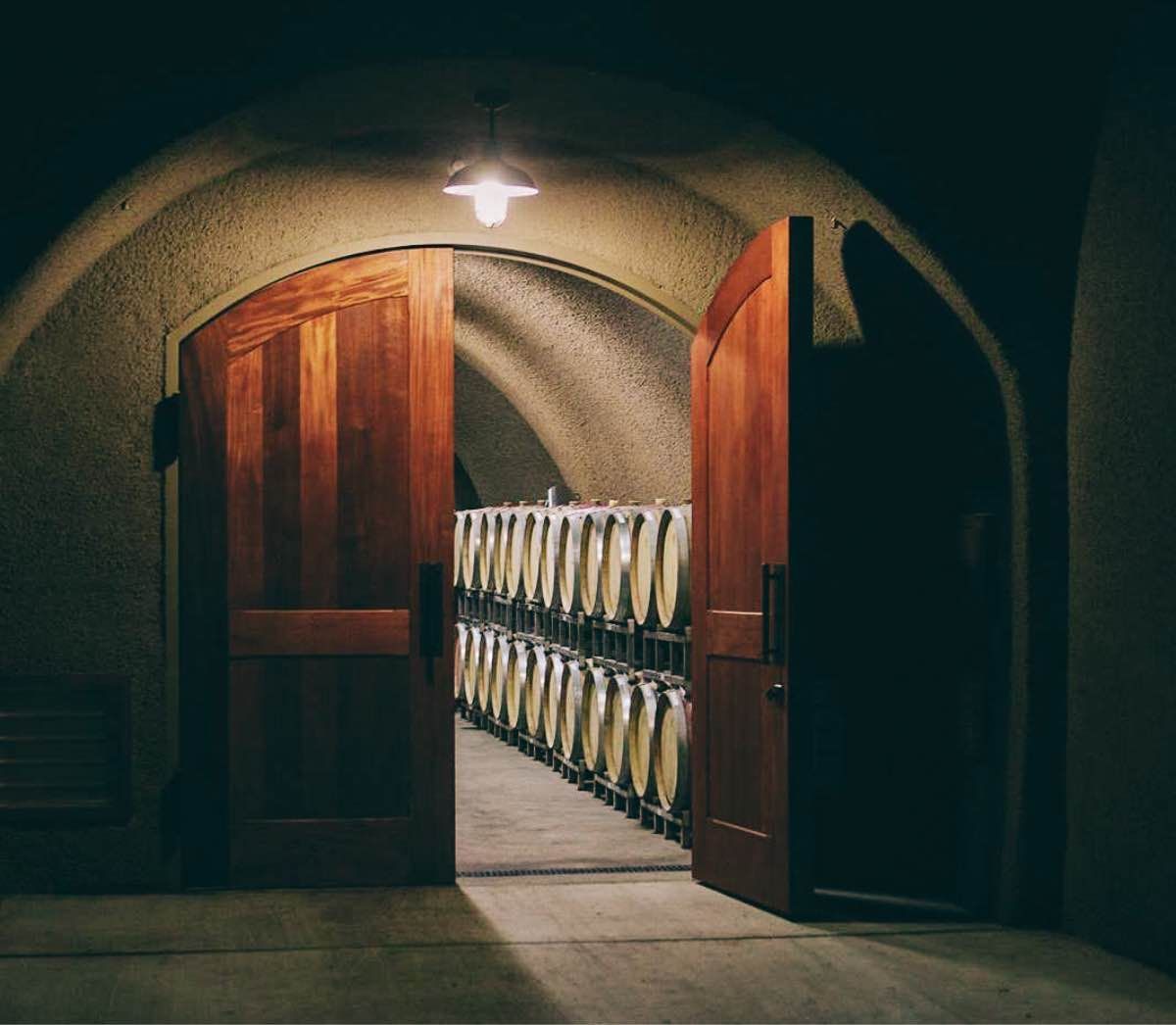
Underground wine cave is completed, maintaining a natural temperature of 58 degrees Fahrenheit for all destemming, pressing, fermenting, and aging.
2020
The Holman Ranch Tasting Room opens in historic Carmel Valley Village, offering personalized tasting experiences and retail bottles.
2022
Honoring a longtime commitment to conservation and sustainable practices, Holman Ranch is reenergized with the addition of Honey Bees and the Hacienda Garden.
Diana Vita, the wife to Holman Ranch Winemaker Greg Vita and former General Manager of Calera Winery, introduces honey bees to the Vineyard & Winery. The Hacienda Garden features a collection of fresh vegetables and herbs, including native Salinas Valley artichokes, a variety of peppers, basil and thyme..

